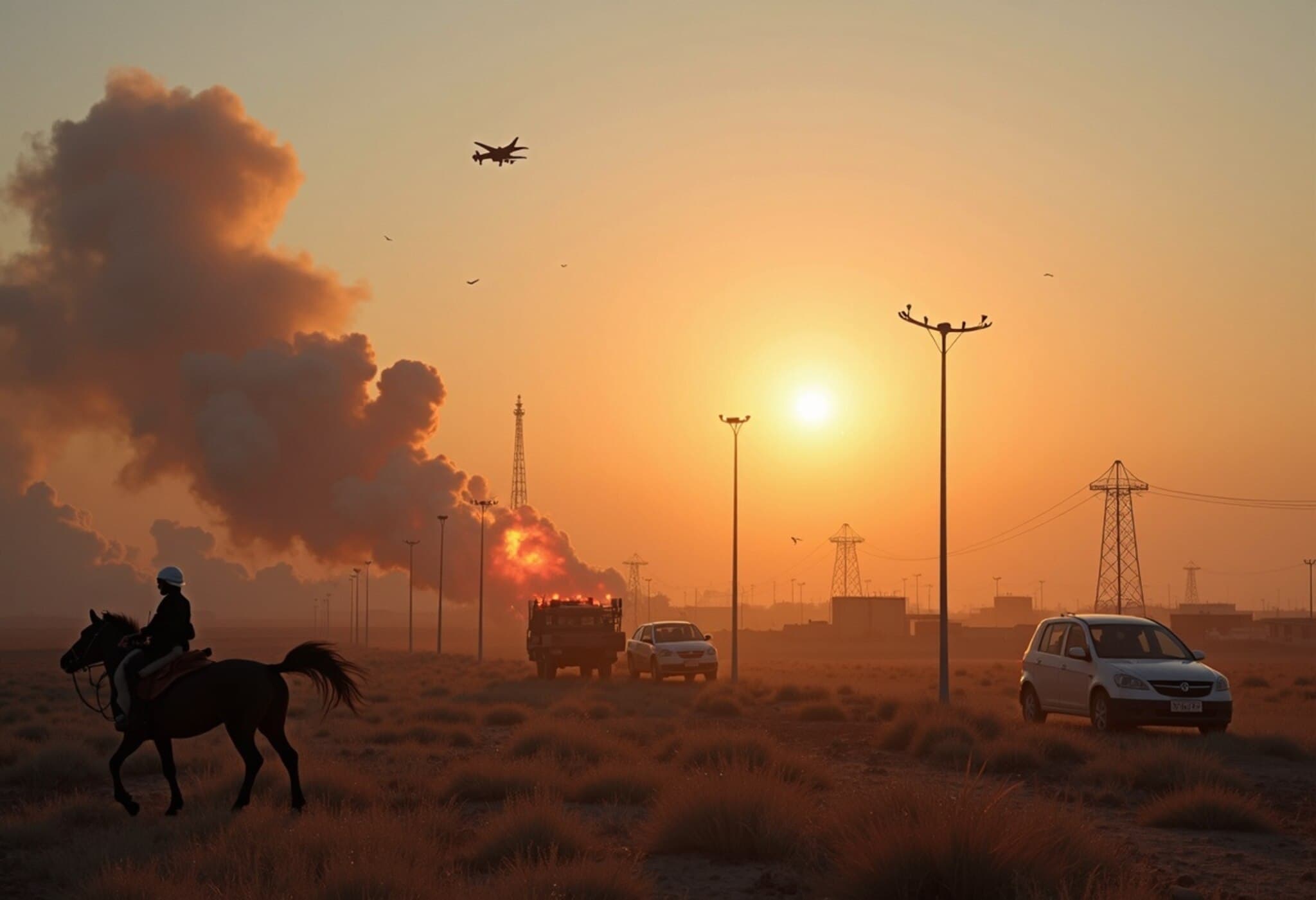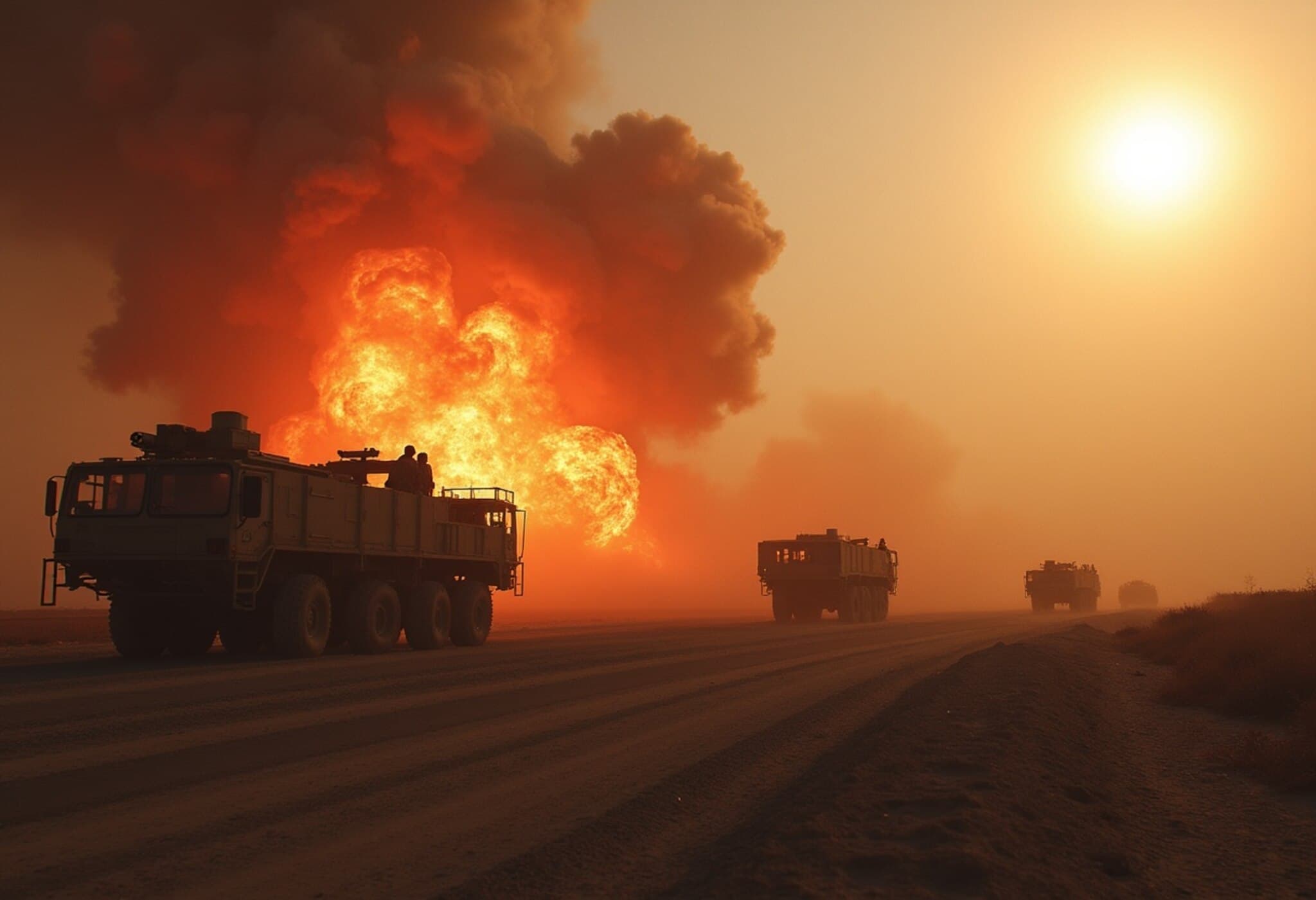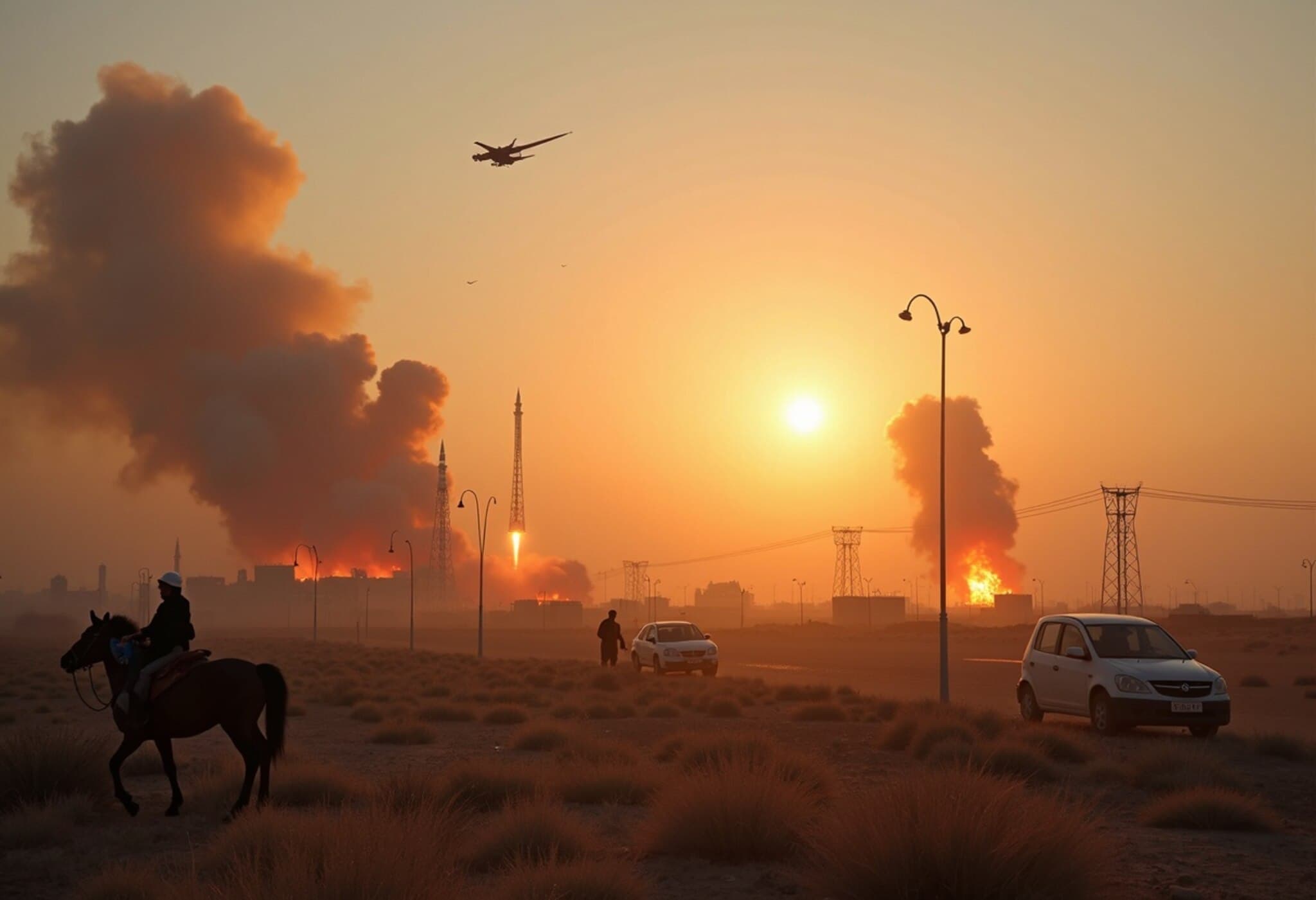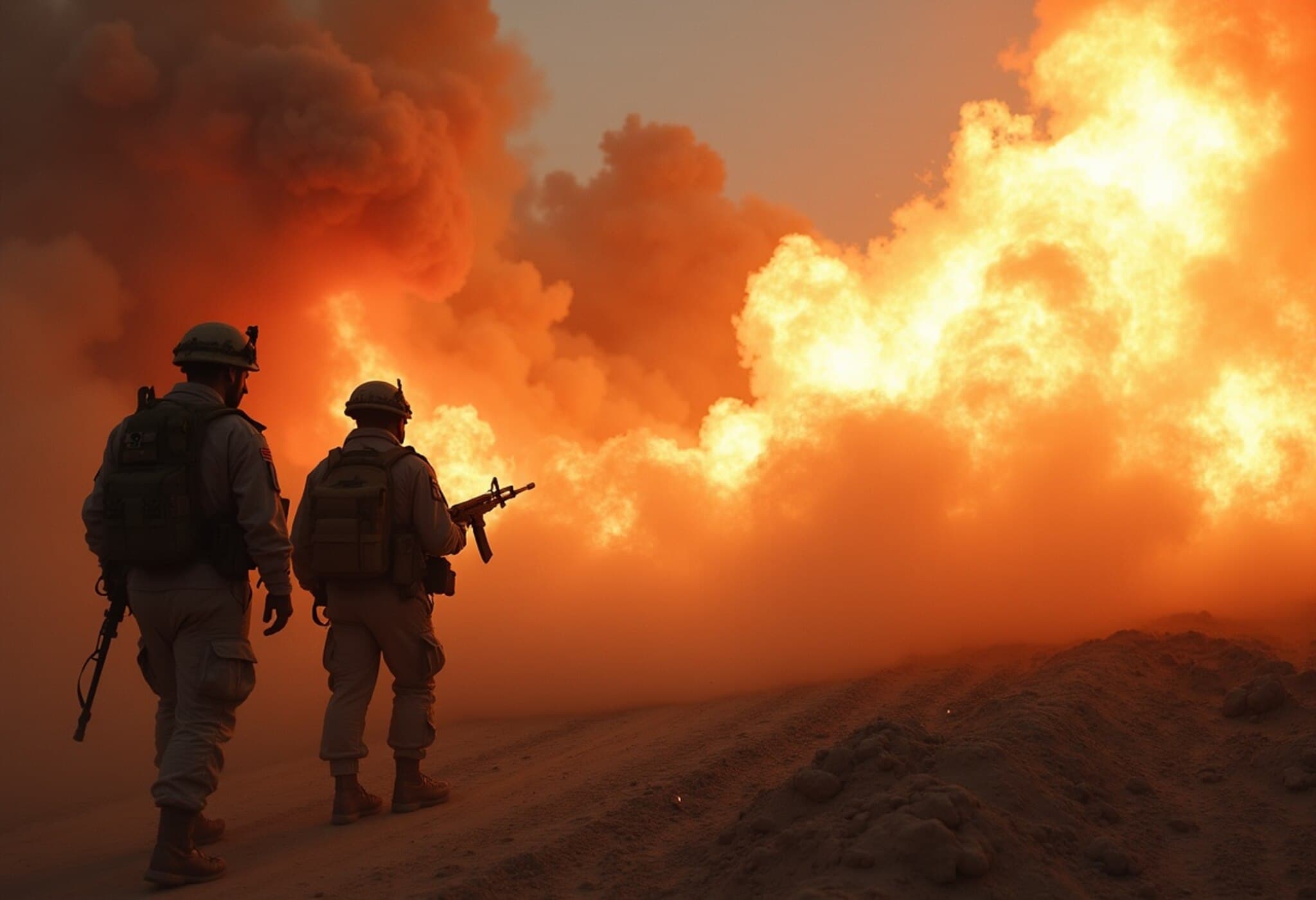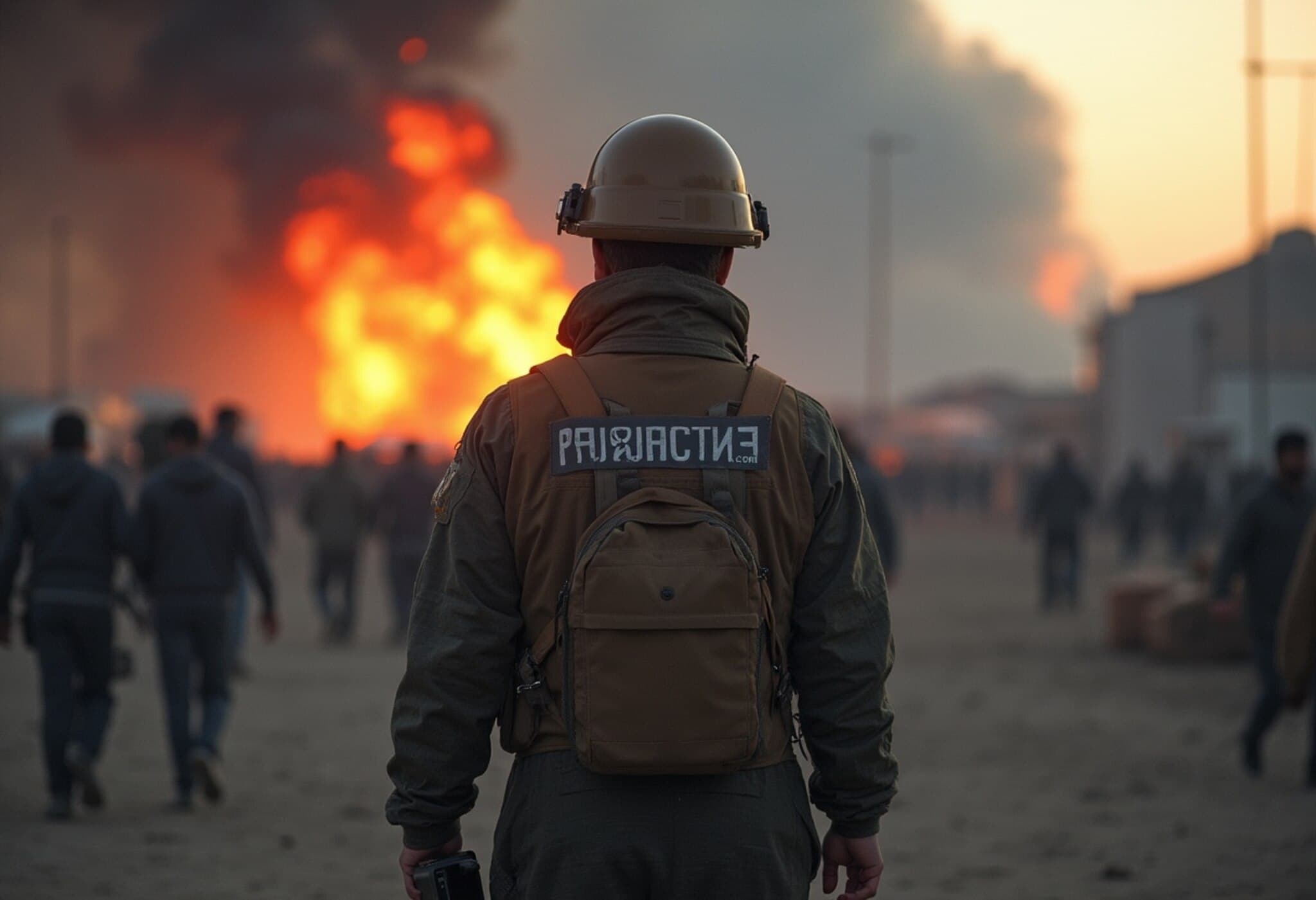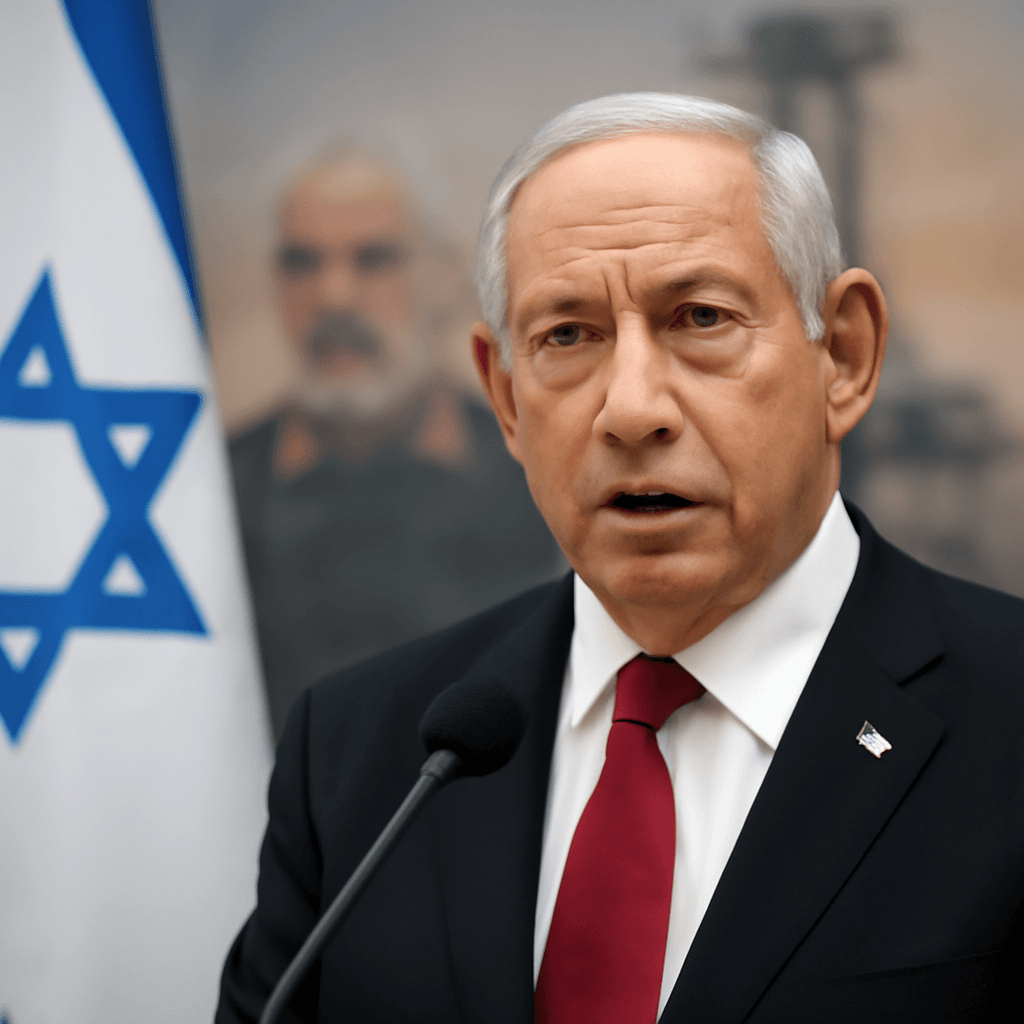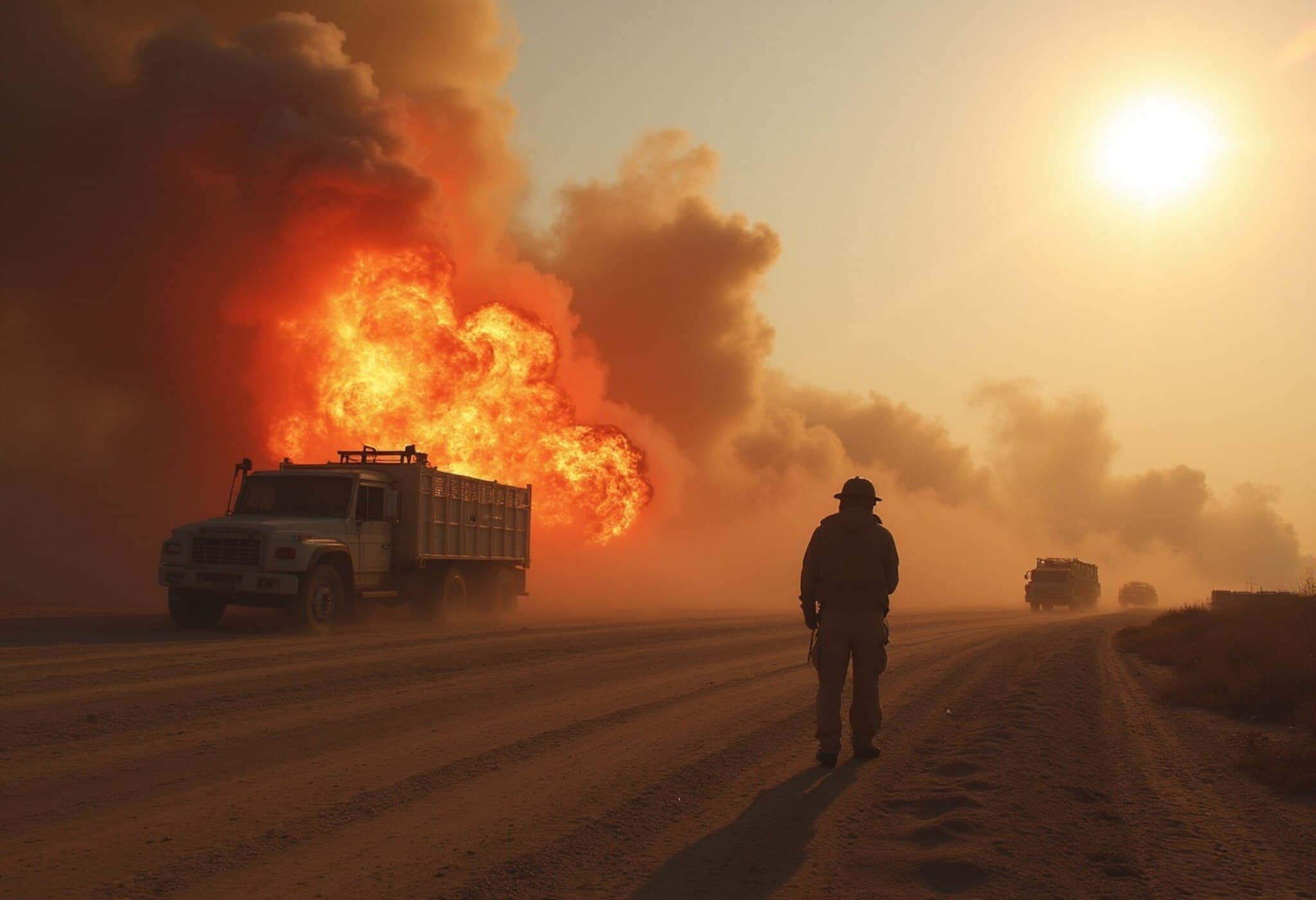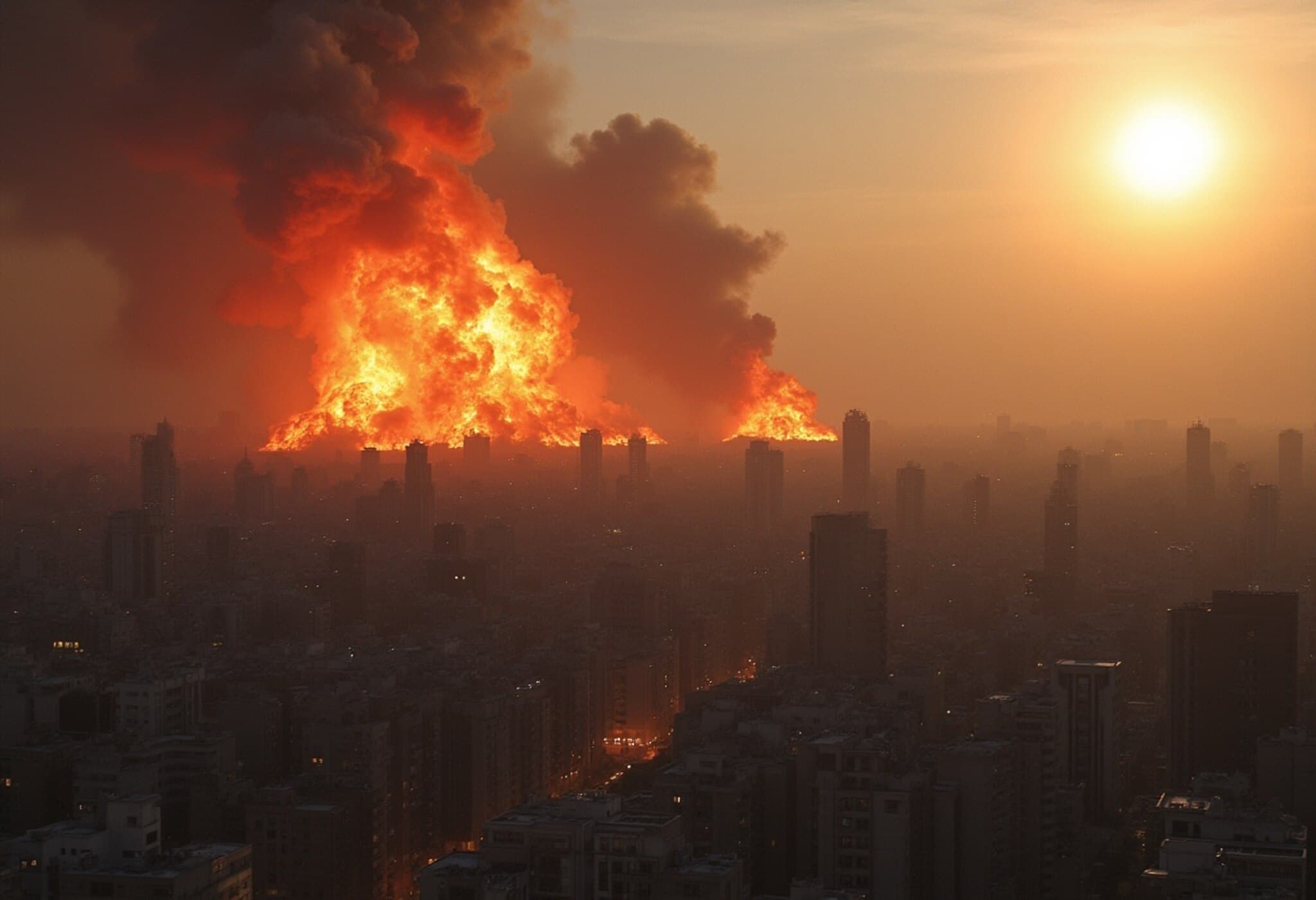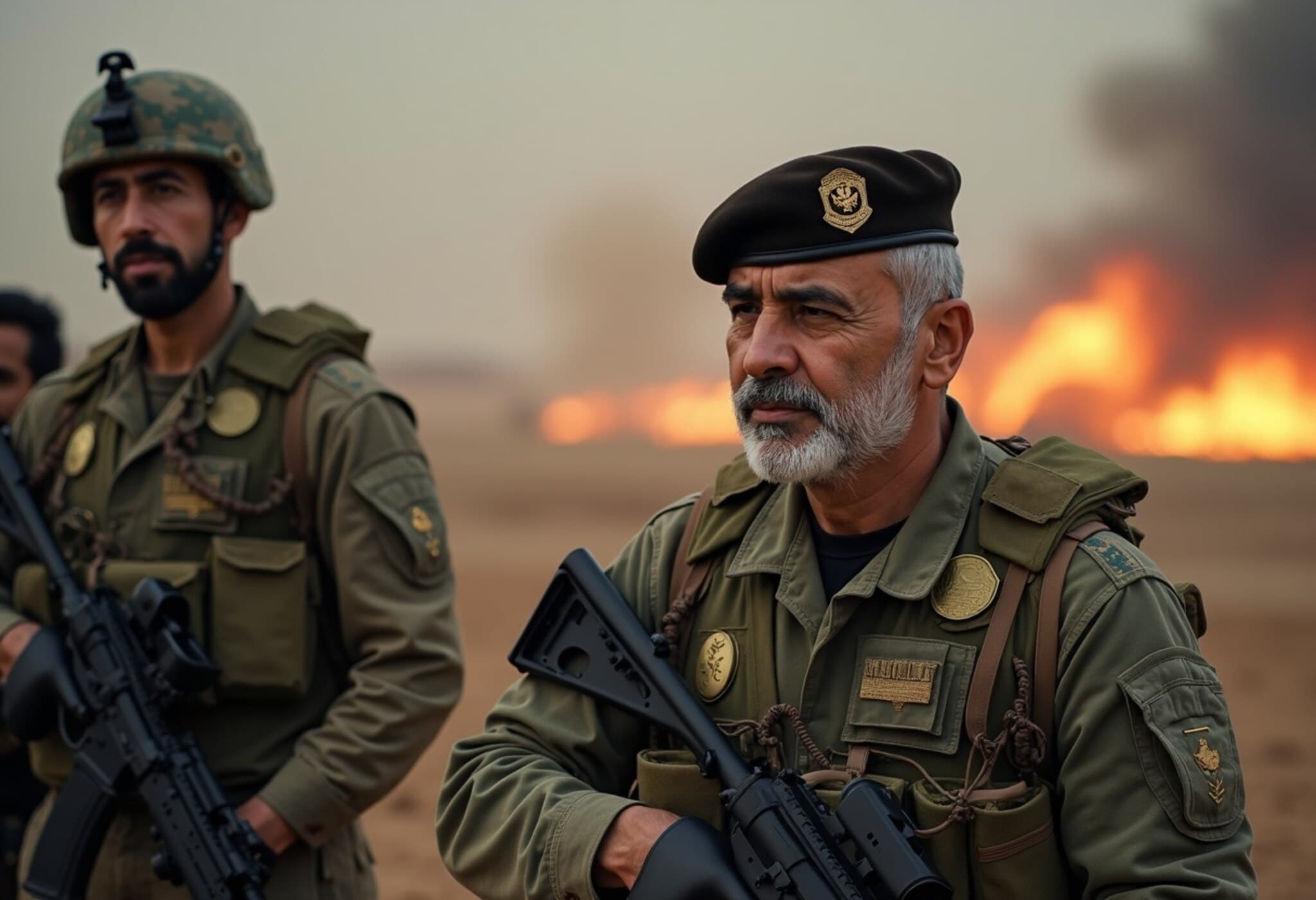Intense Israel-Iran Missile Exchange Continues Into Fourth Day
The Middle East teeters on the edge of a broader conflict as Israel and Iran relentlessly exchanged missile attacks for the fourth consecutive day. Despite widespread international calls for calm, Israel launched its most assertive airstrikes yet deep inside Iran, targeting critical nuclear and energy infrastructure. In retaliation, Iran unleashed hundreds of missiles on Israeli territory, breaching defenses and leaving tragic casualties in their wake.
Casualties and Damage Mount on Both Sides
Iranian authorities report that Israeli air raids since Friday have killed over 230 people, including civilians, and injured more than 1,200. Key targets struck include the Iranian Defense Ministry, military factories, missile launch sites, and vital energy facilities like the South Pars gas field and the Shahran oil depot. Satellite images reveal widespread destruction, including damaged residential buildings and government offices.
Conversely, Iran's missile barrages consisted of more than 270 projectiles, with 22 evading Israeli air defenses. The strikes caused at least 14 fatalities and hundreds of injuries across residential areas in Bat Yam, Tamra, and Rehovot. A high-rise residential building was razed in Bat Yam, while an oil refinery in Haifa and the Weizmann Institute of Science also suffered damage. Residents across Tel Aviv, Haifa, and Jerusalem were alerted by air raid sirens and sought shelter as explosions rocked the cities.
Israeli Military Alerts and Strikes
The Israeli Defense Forces (IDF) issued warnings on Telegram about fresh missile salvoes incoming from Iran and confirmed that their aerial defense systems were actively engaged in intercepting threats. Residents were advised to remain in protected areas until further notice. Powerful explosions were reported in Jerusalem early Monday, heightening fears of escalating violence.
Diplomatic Fallout and Nuclear Negotiations Halted
Amid the military confrontations, diplomatic efforts have stalled. Scheduled nuclear talks in Oman between the US and Iran were cancelled following Israeli strikes on key nuclear facilities at Natanz and Isfahan. Damage assessments reveal critical hits to uranium-conversion facilities and support buildings, setting back Iran’s nuclear program by months. Fortunately, no radiation leaks have been detected so far.
Warning Signs of Regional Instability
Iranian authorities have repurposed civilian infrastructure such as metro stations and mosques in Tehran to serve as makeshift bomb shelters, as missile attacks have caused widespread panic in the capital. Fuel queues lengthened as many residents sought to flee the city. Health officials stated that about 90% of casualties are civilians. Photographs of damaged buildings and injured survivors have circulated on state media, intensifying public fear.
Economic Impact: Oil Prices Surge Amid Conflict
The ongoing hostilities have sent shockwaves through global markets. Oil prices jumped following Israel’s initial strike on Iranian military and nuclear sites, rising as much as 13% due to concerns about supply disruptions in a volatile region. Gold prices have neared historic highs as investors flock to safe-haven assets. Meanwhile, equity markets experienced mild downturns but managed to hold some ground amid hopes that the conflict remains contained.
Economic analysts warn that rising energy costs could stoke global inflation, jeopardizing recovery efforts in fragile economies. As one market expert noted, higher fuel prices risk slowing growth while pushing headline inflation upward.
Political Developments and Regional Tensions
Israeli Prime Minister Benjamin Netanyahu has hinted at regime change in Iran as a potential outcome, accusing Tehran of attempting to supply nuclear arms to Houthi rebels. Iran’s Foreign Minister Abbas Araghchi responded by warning that their counterattacks will persist unless Israeli strikes cease, signaling no immediate peace in sight.
The broader Middle Eastern volatility is compounded by Israel’s ongoing conflict with Hamas in Gaza. Iran’s support for Palestinian and Lebanese militant groups raises fears of a multi-front escalation. Despite urgent global appeals, both Israel and Iran remain entrenched in a hostile standoff, risking wider regional instability.
Behind the Scenes: US Role and Strategic Calculations
In a revealing disclosure, a senior US official stated that former President Donald Trump intervened to halt an Israeli plan to assassinate Iran’s Supreme Leader Ayatollah Ali Khamenei. Concerns over uncontrollable escalation kept the mission from proceeding, underscoring the lengths Israel is willing to go in its campaign against Iranian leadership and nuclear ambitions.
The unfolding crisis between Israel and Iran marks one of the most dangerous escalations in recent years, with profound implications for regional security, global energy markets, and international diplomacy. As missile strikes continue and diplomatic talks remain suspended, the risk of a wider conflict looms large.

